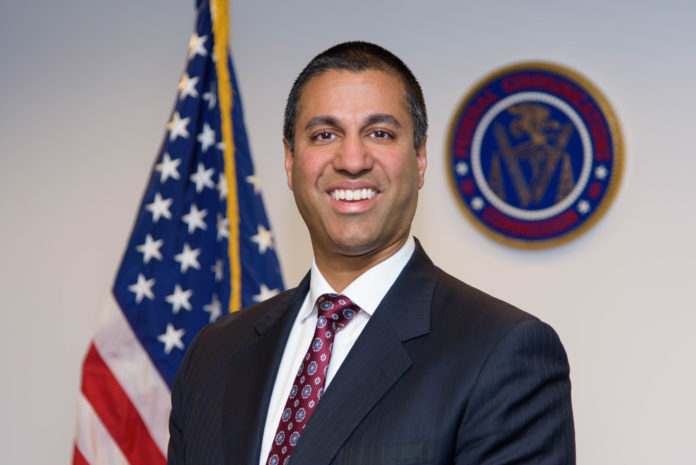The FCC on Friday unanimously adopted new rules to encourage the development of new communications technologies and expedite the deployment of new services in the spectrum above 95 GHz. This spectrum has long been considered the outermost horizon of the usable spectrum range, but rapid advancements in radio technology have made these bands especially ripe for new development.
“There are substantial opportunities for innovation in these frequencies, especially for data-intensive high-bandwidth applications as well as imaging and sensing operations,” the Commission said.” Prior to this decision, the Commission had no rules for authorizing communications above 95 GHz, other than by amateur operators or through experiments of limited duration and scope.”
To enable innovators and entrepreneurs to most readily access this spectrum, the Spectrum Horizons First Report and Order creates a new category of experimental licenses for use of frequencies between 95 GHz and 3 THz. “These licenses will give innovators the flexibility to conduct experiments lasting up to 10 years, and to more easily market equipment during the experimental period,” the FCC said.
The item also makes a total of 21.2 gigahertz of spectrum available for use by unlicensed devices. The Commission selected bands with propagation characteristics that will permit large numbers of unlicensed devices to use the spectrum, while limiting the potential for interference to existing governmental and scientific operations in the above-95 GHz bands, such as space research and atmospheric sensing.
“The First Report and Order provides unprecedented opportunities for new experimental and unlicensed use in the frequencies above 95 GHz and will help ensure that the United States stays at the forefront of wireless innovation,” the Commission noted. “Moreover, study of these uses could ultimately lead to further rulemaking actions and additional licensing opportunities within the Spectrum Horizons bands.”





